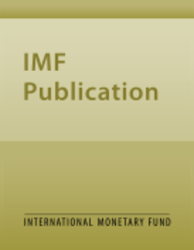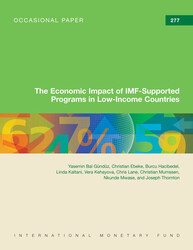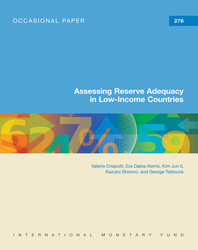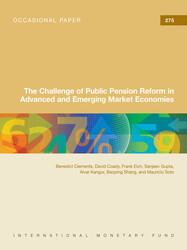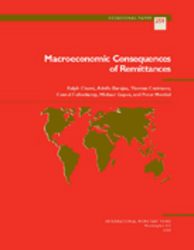
Macroeconomic Consequences of Remittances
Given the large size of aggregate remittance flows (billions of dollars annually), they should be expected to have significant macroeconomic effects on the economies that receive them. This paper directly addresses the two main issues of interest to policymakers with regard to remittances--how to manage their macroeconomic effects, and how to harness their development potential--by reporting the results of the first global study of the comprehensive macroeconomic effects of remittances on recipient economies. In broad terms, the findings of this paper tend to confirm the main benefit cited in the microeconomic literature: remittances improve households' welfare by lifting families out of poverty and insuring them against income shocks. The findings also yield a number of important caveats and policy considerations, however, that have largely been overlooked. The main challenge for policymakers in countries that receive significant flows of remittances is to design policies that promote remittances and increase their benefits while mitigating adverse side effects. Getting these policy prescriptions correct early on is imperative. Globalization and the aging of developed economy populations will ensure that demand for migrant workers remains robust for years to come. Hence, the volume of remittances likely will continue to grow, and with it, the challenge of unlocking the maximum societal benefit from these transfers.
Publication date: March 2008
ISBN: 9781589067011
$30.00
Add to Cart by clicking price of the language and format you'd like to purchase
Available Languages and Formats
| English |
Topics covered in this book
This title contains information about the following subjects.
Click on a subject if you would like to see other titles with the same subjects.
Banks and Banking , Economics- Macroeconomics , Public Finance , remittances , workers? remittances , remittance , remittance flows , exchange rate
Summary
Copyright © 2010 - 2024
Powered by:
AIDC
